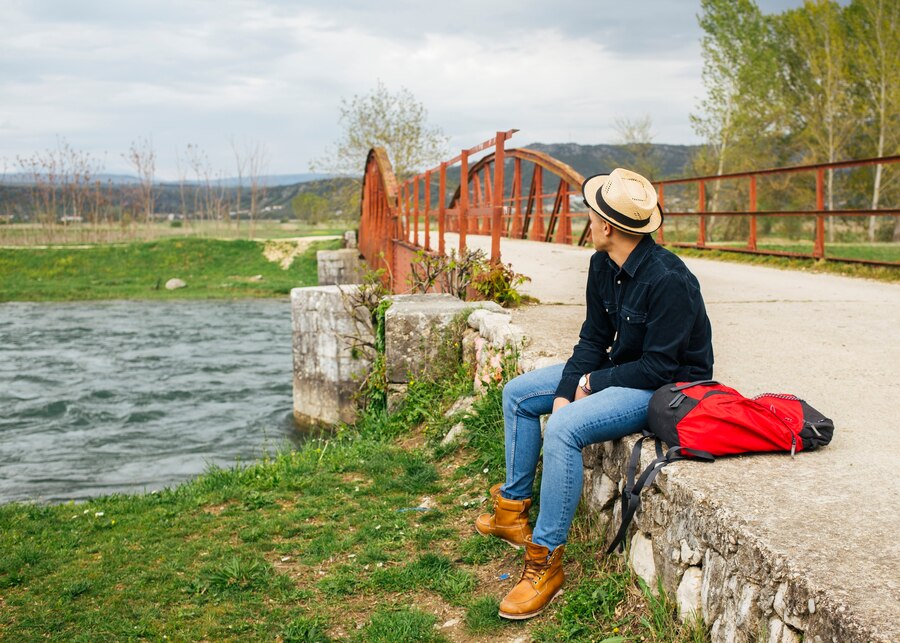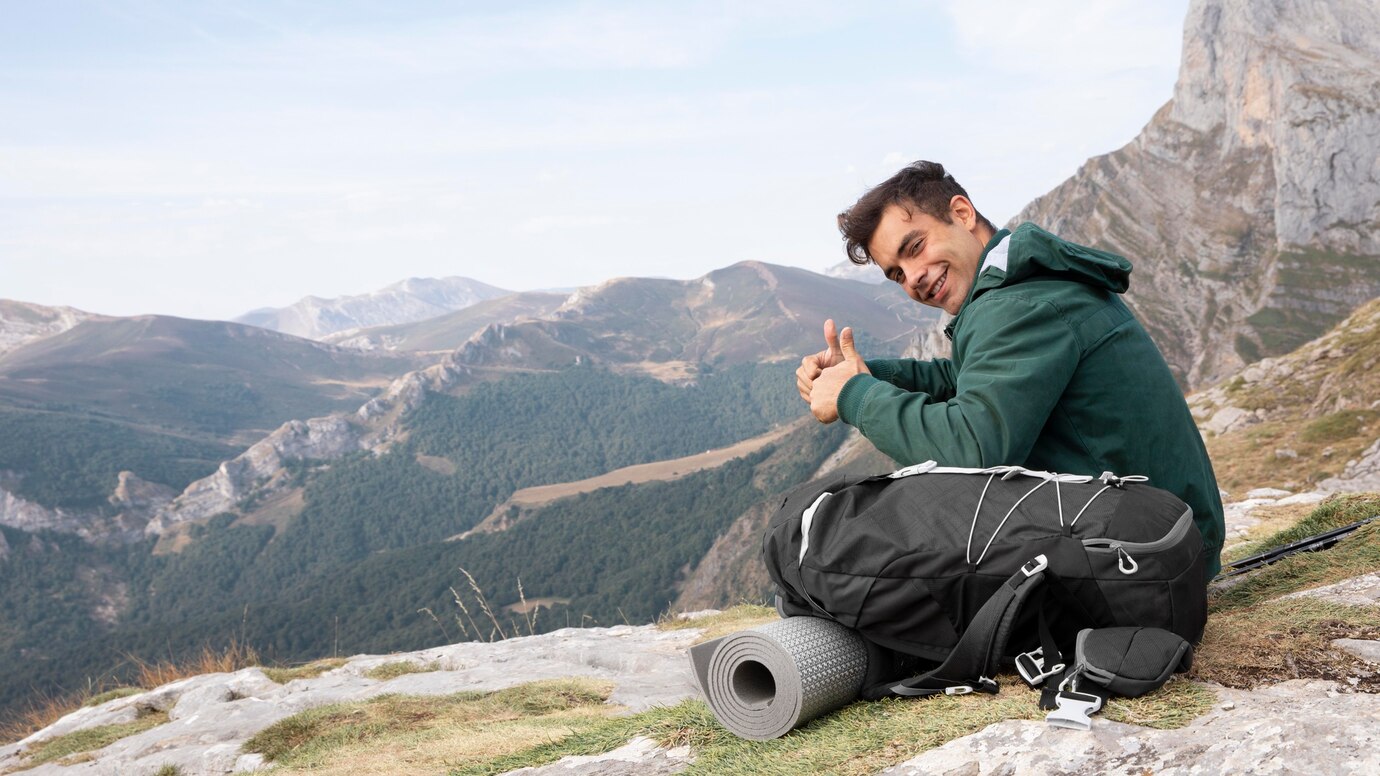Traveling to India’s hill stations offers a refreshing escape from the heat and a chance to immerse yourself in breathtaking landscapes, crisp mountain air, and vibrant local cultures. However, the unique terrain and weather conditions of these high‑altitude destinations also bring specific safety considerations. Whether you’re planning a weekend getaway to Manali, Shimla, Darjeeling, or any other Himalayan retreat, these essential travel safety tips will help you prepare and enjoy your trip with peace of mind.
1. Check Weather and Road Conditions Before Departure
Mountain weather can change rapidly—sunny mornings often give way to sudden rain or even snow. Always review the local forecast and any travel advisories for your chosen hill station a day or two before you leave. Additionally, check road conditions, particularly during monsoon season (June–September), when landslides and road blockages are more frequent. Local news websites, mountain‑specific travel forums, and social‑media travel groups can be excellent sources for real‑time road reports.
2. Pack Smart and Layer Up
Temperatures at higher altitudes can plummet after sunset, even in summer months. Bring layered clothing so you can add or remove warmth as needed. Essential items include a waterproof jacket, thermal innerwear, sturdy hiking shoes with good grip, a warm hat, and gloves. Also pack sunscreen, sunglasses, and a reusable water bottle. If you plan on trekking or long nature walks, carry a small daypack with snacks, a first‑aid kit, and a flashlight.
3. Stay Hydrated and Acclimatize
The thin air at altitude, combined with physical exertion, can lead to dehydration or mild altitude sickness. Drink plenty of water throughout the day—even if you’re not thirsty—and avoid excessive caffeine or alcohol. On arrival, take it easy for the first 24 hours: go for gentle walks, avoid strenuous hikes immediately, and allow your body to adapt. If you experience persistent headache, nausea, or dizziness, descend to a lower elevation and seek medical attention.
4. Choose Reliable Transportation
Narrow, winding roads and unpredictable traffic are common in mountainous regions. Opt for reputable local taxi services or pre‑booked private transfers rather than hopping onto questionable local buses. If you’re renting a vehicle, ensure it’s in good mechanical condition, with functional brakes and proper tires. Always wear seat belts, and ask your driver about road hazards or common shortcuts—local knowledge can be invaluable.
5. Follow Trekking and Adventure Safety Protocols
Hill stations often double as adventure hubs for trekking, paragliding, river rafting, and mountain biking. Always go through a licensed operator who provides certified guides, safety gear, and clear briefing on emergency procedures. Never attempt high‑altitude treks without a guide or before adequate acclimatization; stick to marked trails, and in case of doubt, turn back rather than risk injury or getting lost.
6. Keep Emergency Contacts and Local Info Handy
Before you travel, store essential numbers in your phone and carry a printed list as backup: local police, mountain rescue services, nearby hospitals, your hotel’s front desk, and your country’s embassy or consulate (for foreign travelers). Familiarize yourself with the location of the nearest medical facility at each stop. Register with “friends on trip” services or share your daily itinerary and check‑in times with family or trusted contacts back home.
7. Respect the Environment and Local Customs
Hill stations thrive on their natural beauty and cultural heritage. Stay on designated paths to prevent soil erosion, carry back your trash, and avoid single‑use plastics. Observe local customs—some temples and villages may require conservative attire or footwear removal—so keep a modest set of clothes. Building goodwill with local communities not only enriches your experience but can also be a lifeline in case you need assistance.
8. Purchase Travel Insurance
Finally, ensure you have a comprehensive travel insurance policy that covers trip cancellations, medical emergencies, evacuation, and adventure activities if you plan to participate in them. Read the fine print to confirm high‑altitude trekking or sports like paragliding and rafting are included.
By planning ahead, packing sensibly, and staying alert to changing conditions, you can safely savor the beauty and tranquility of India’s hill stations. From dawn‑lit mountain vistas to the gentle murmur of pine forests, these destinations promise unforgettable memories—made all the more enjoyable when you travel with safety at the forefront.



